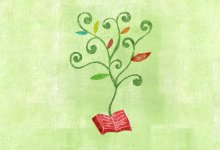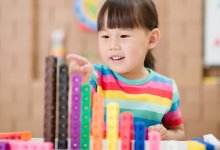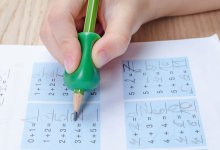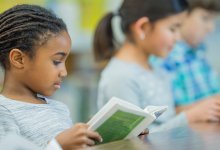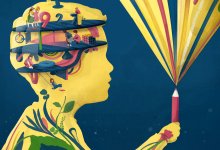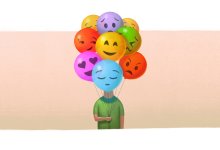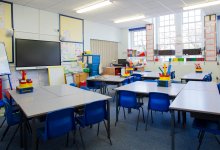K-2 Primary
Explore and share tips, strategies, and resources for helping students develop in elementary school grades K-2.
Using Fairy Tales to Inspire Wonder in Kindergarten
The enchanting nature of fairy tales can foster collaboration, critical thinking, communication, and creativity in young learners.254Building Confidence and Resilience Through the Arts
By bringing in arts education, this school found a creative way to help heal trauma and encourage a more supportive learning environment.Notice and Wonder in Kindergarten Math
Activities that allow young students to engage visually instead of through text maximize productive struggle and improve critical thinking.Tips to Help Students With Their Handwriting
These simple tricks to improve motor skills can empower young learners to feel more in control of their handwriting.A Framework for Building Older Students’ Literacy Skills
Encouraging middle school students to read books of all genres and reading levels can reignite their interest in reading.The Sensory Room: Helping Students With Autism Focus and Learn
Imagine a safe space where students with autism can go to calm their bodies and then get back to the business of learning.1MWhy Ages 2-7 Matter So Much for Brain Development
Rich experiences—from play to the arts and relationships—fundamentally shape a young child’s development.122.3kThe Benefits of Taking Kindergarten Outdoors
By exploring outside their classroom—and even their schoolyard—two teachers found their students’ learning potential became boundless.2.7kUsing an SEL Tool Called the Mood Meter in Elementary Math
With these examples for grades 1 to 5, students can develop social and emotional skills while they learn to analyze data through graphing.779Making Students Feel Safe
A trauma-informed approach ensures that students feel safe, supported, and nurtured—to improve their chances of academic success.129.4kHow a School Made Play Central to Learning
At a primary school in the UK, both students and teachers have become more engaged and curious as a result of a shift to a fully play-based approach—and learning has become more joyful for everyone.3.4kIs it Time to Drop ‘Finding the Main Idea’ and Teach Reading in a New Way?
Some schools are changing the way they teach reading—based on research that shows background knowledge is more critical to comprehension than general skills like ‘finding the main idea.’54.4kA Daily Support System for Students
Students who need extra social and emotional support have a quick check-in with an adult at the start and end of each day.89.8kDefending a Teacher’s Right to Disconnect
Remember personal time? For many educators, technology has driven it toward extinction—and it’s time to get serious about reclaiming it.22.8k4 Ways Classroom Design Impacts Executive Functioning
Effective classroom design can help elementary students develop skills like organization and task initiation.9.8k
